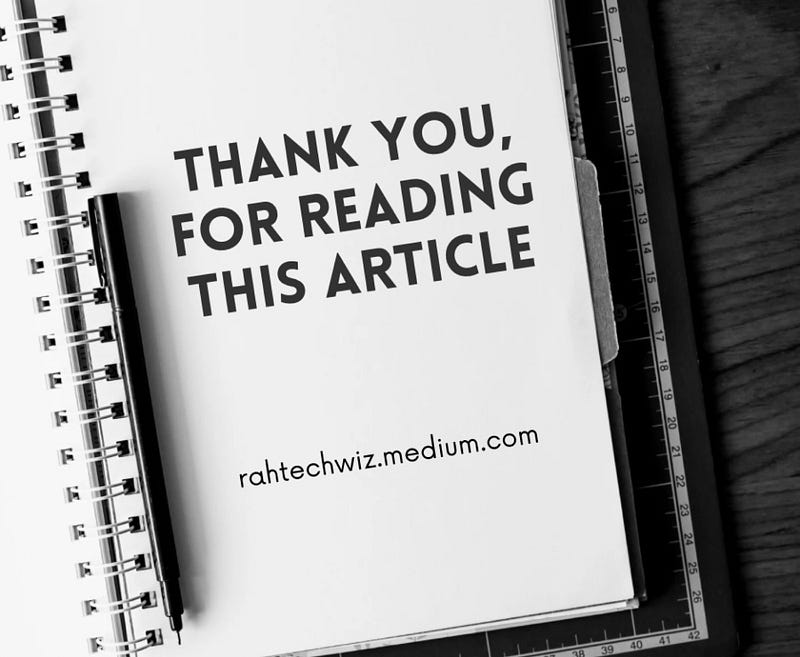Navigating Cybersecurity: Open Source vs. Proprietary Tools
Written on
Understanding Open Source and Proprietary Cybersecurity Solutions
The debate surrounding the use of open source cybersecurity tools is intricate and involves various factors such as transparency, security, community involvement, and control. Let’s delve into the specifics of these tools.
Open Source Cybersecurity Tools
Advantages
- Transparency: Open source tools offer the ability for anyone to examine the code, which helps identify vulnerabilities, backdoors, or malicious elements. This openness can foster greater trust.
- Community Collaboration: These projects frequently benefit from contributions by a diverse group of developers, enhancing the tool’s functionality, patching security flaws, and introducing new features.
- Customizability: Users can alter the code to suit their specific requirements, making these tools particularly beneficial for organizations with distinct security needs.
- Cost-Effectiveness: Generally, open source tools are free, allowing a broader audience to access them.
Disadvantages
- Complexity: Implementing and managing open source tools can demand a higher level of technical expertise. They often lack the polished interfaces and comprehensive support systems found in commercial alternatives.
- Maintenance Responsibility: Users may need to take on the full responsibility of maintaining and securing the tool, which can pose challenges for those without dedicated resources.
- Risk of Malicious Contributions: While uncommon, there is a slight chance that malicious individuals could inject vulnerabilities into the codebase. However, community oversight generally mitigates this risk.
Proprietary Cybersecurity Tools
Advantages
- Customer Support: Commercial tools typically come with strong support systems, offering regular updates, patches, and assistance with setup and troubleshooting.
- User-Friendly Design: Proprietary solutions are generally crafted to be easy to use, featuring intuitive interfaces and automated functionalities that cater to users with varying technical skills.
- Vendor Accountability: Companies that sell these tools are often held responsible for their products’ performance and security, which can give users added reassurance.
Disadvantages
- High Costs: Proprietary tools can be quite costly, making them less accessible to smaller organizations or individual users.
- Limited Transparency: Users must rely on the vendor's security practices since they are unable to inspect the source code directly.
- Vendor Lock-In: Organizations may find themselves reliant on a specific vendor, complicating any future transitions to alternative solutions.
Examples of Cybersecurity Tools
Open Source:
- Wireshark: A network protocol analyzer enabling users to capture and browse network traffic.
- Snort: An open-source intrusion detection system (IDS) that provides real-time traffic analysis and packet logging.
- OpenVPN: A VPN solution for establishing secure point-to-point or site-to-site connections.
- Metasploit Framework: A platform for penetration testing that helps identify, exploit, and validate vulnerabilities.
Proprietary:
- Splunk: A robust platform for searching, monitoring, and analyzing machine-generated big data through a web interface.
- Palo Alto Networks: A suite of security tools including firewalls and endpoint protection.
- Norton Antivirus: A renowned antivirus software that protects against various cyber threats.
- FireEye: Provides advanced threat intelligence and incident response services.
Determining whether to use open source or proprietary cybersecurity tools hinges on the specific needs and resources of the user or organization. Open source options provide flexibility and transparency but may require more technical know-how. In contrast, proprietary solutions offer ease of use and support but come at a higher price and could lead to vendor dependency. A mixed strategy might be the best course of action, utilizing both types based on particular cybersecurity demands.
To your success!
Thank you for reading.
?? Rah Tech Wiz

About the Author
Susan Rodriguez is an Independent Tech Researcher at SQIFI. Connect with her on LinkedIn.
Chapter 2: Insights from the Field
This video titled "Fintech, What the Heck | Exploring Open Source Projects Ft OpenBB" delves into the intersection of fintech and open source, highlighting various projects and their implications in the cybersecurity landscape.